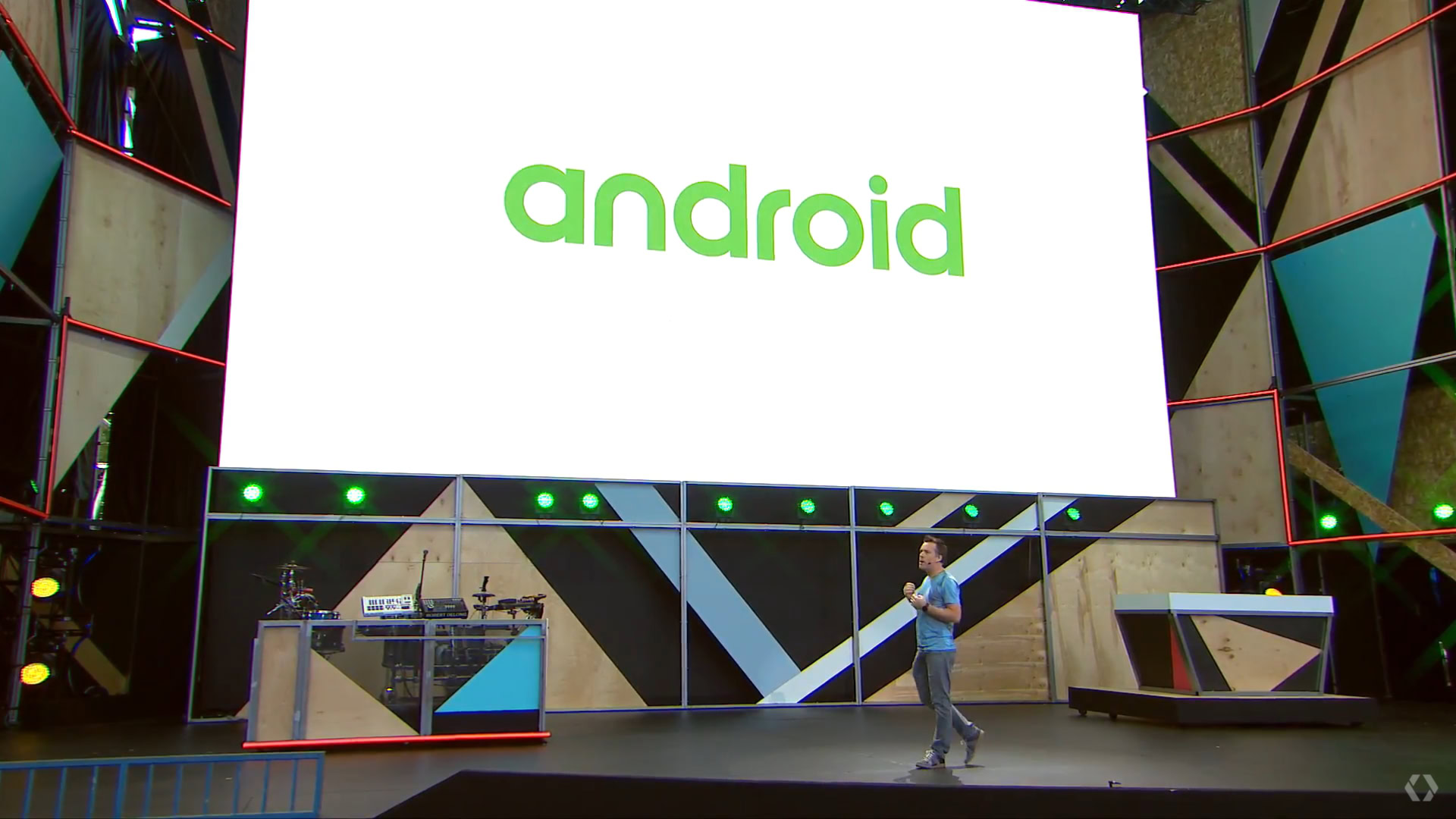Affiliate links on Android Authority may earn us a commission. Learn more.
Current Nexus devices will not get Android N's seamless updates
Published onMay 20, 2016

While some people loathe the idea of updates and the headaches that may come with – or after – installing them, it’s reasonable to assume a fair share of Android fans love getting new builds. Even so, the actual update process itself can command quite a chunk of time due: After the actual file downloads, users then need to reboot the device and watch as it installs. The process can take an extremely long amount of time, especially in the days since Lollipop, where the OS proceeds to “optimize apps” before it’s ready to use.
One of this week’s Google I/O software-related developments, it was announced that beginning with N, Android will start initiating seamless updates that allow the file to not only download in the background, but also install it. The magic is quite simple: Android N has two system partitions: When an update is found the update is installed to the secondary partition. Once you restart your device, the secondary partition switches over to being the main one.
There’s one problem however: Android Police, in an interview with the Android team, has learned that “Android N’s new seamless update feature…will not be introduced on any current Nexus devices” including the unofficial Nexus, the Pixel C.
The site had the following explanation to provide:
While the benefits of seamless updates’ usage of dual system partitions to allow updates to the OS proceed in the background are substantial, they’re also a bit of a technical bear to put on existing smartphones. Implementing seamless updates on the Nexus 5X or 6P, for example, would require repartitioning the entire phone, and wouldn’t be possible for an end user to complete without hooking the phone up to a computer, allegedly – it would just be a pain, in short. While references to seamless updates have been found in the latest N developer preview, it was confirmed to us that these have no bearing on existing devices getting seamless updates.
Perhaps even more concerning however, is what the author of the piece, David Ruddock, added next, in relation to the previously-assumed “fact” that seamless updates would be present on non-Nexus devices as well:
It’s exceedingly unlikely we’ll see seamless updates implemented on any existing Android devices by any manufacturer, and instead that we’ll only see it on new hardware running N or above out of the box going forward. For example, on new Nexus devices later this year.
While this is obviously speculation on the writer’s part, it’s hard to argue with the logic, especially since it already takes OEMs extensive amounts of time just to produce the basic updates as things stand now. The idea of implementing a new way of updating user’s existing devices will seemingly cause untold amounts of trouble,
Be that as it may, this is perhaps the first time in Android history when Google has made it a point to shun all current Nexus devices with respect to a new feature being deployed with a new build of the mobile OS. In most cases, older products are simply not officially updated to newer builds and therefore are unable to access the features that would otherwise be made available. In this instance however, even something as recent as the Nexus 5X and Nexus 6P will not be allowed to make use of the feature.

Wrap Up
It remains to be seen just how fans will react to this news. Presumably some may not care at all, especially those who literally like to watch the update process unfold. At the same time, it’s probably a safe bet that at least some will take issue with the issue and call out Google for not being willing to try and mitigate the matter in a more meaningful way. Still, at the end of the day the last thing anyone wants is to have some – or ostensibly all – of their data destroyed during a routine update – think monthly security patches – and it’s easy to see why Google is clearly erring on the side of caution.
What do you think?